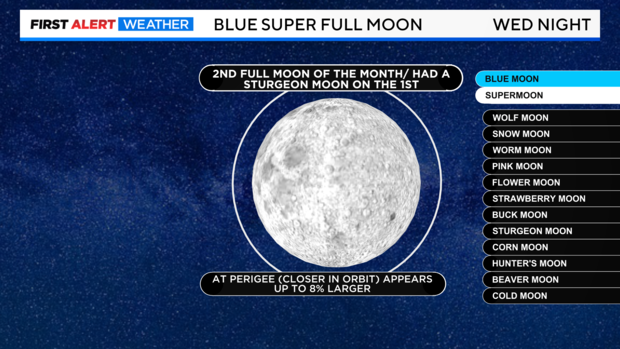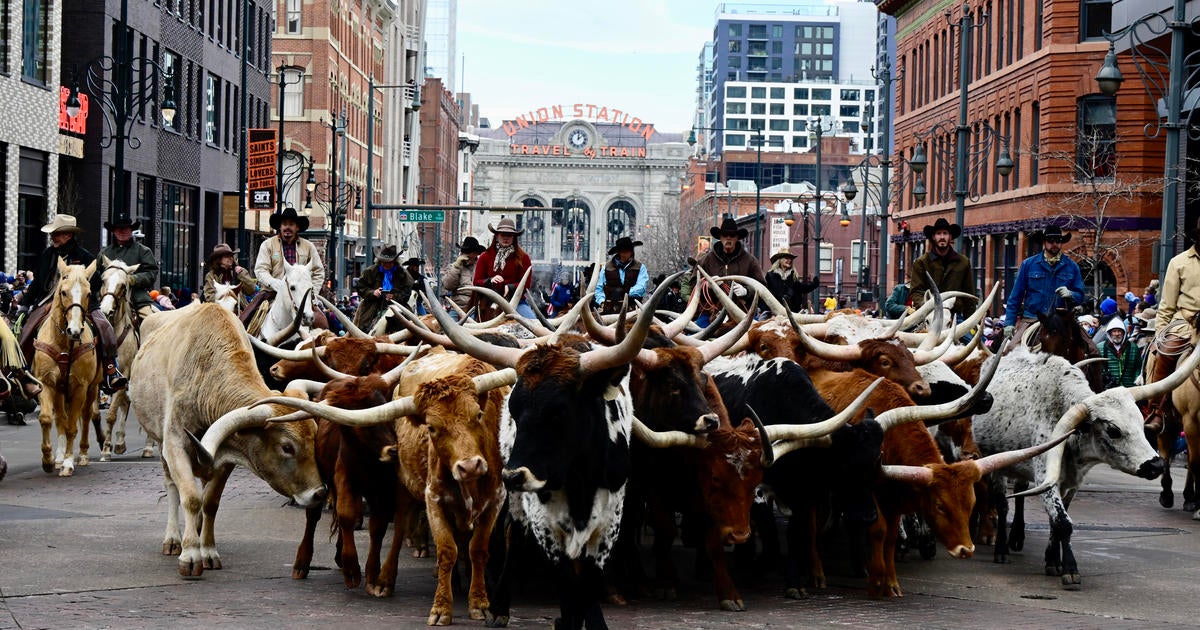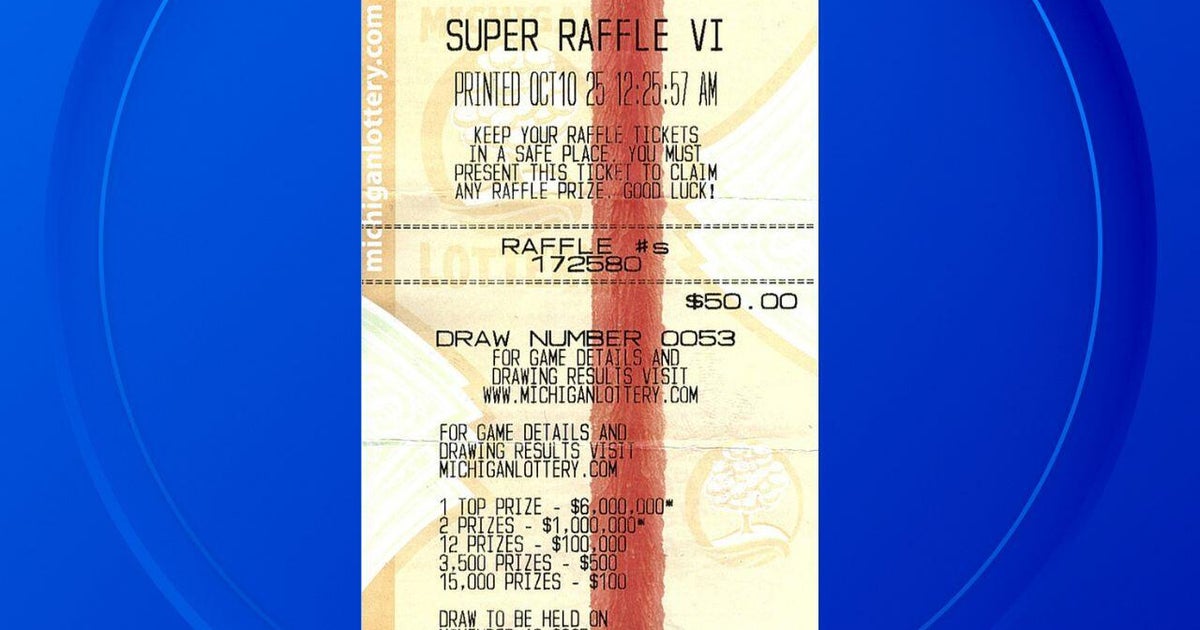Super blue moon rises over Denver
It is a night for the ages in Denver as a full, super blue moon rises in a rare combination that's like a trifecta. It's the first time in over five years.
The moon will be larger than usual and extra bright.
The time between super blue moons varies to as much as 20 years. But if you average them out, they show up about every 10 years. The next super blue moons will rise close together in January and March of 2037.
If you're curious what makes this trifecta, it starts with a full moon. A blue moon by definition is full, in fact the second full month of the month.
That's infrequent because the moon's cycle around the Earth is just short of a month, 29.5 days. But because that's a little shorter than a month, every once in a while there are two full moons in a month and that's the definition of a blue moon.
It's kind of like getting a paycheck every other week. Once in a while there's a third paycheck that works its way into a month and your finances seem a little bit brighter.
A super moon is created when the moon is at its perigee. A perigee is the closest point. The moon circles the Earth in an ellipse. So at some points it's farther away and at others, closer. The farthest point is called the apogee.
A super moon is achieved when the moon is full and at perigee. At its closest point, the moon appears 14% larger than at its smallest.
Now to take a little wind out of all this, the moon will not be blue. It can be blue, but that's not a celestial event, more one of Earth's atmosphere. The moon can look blue when red light particles are blocked out due to things like smoke in the air.
When Krakatoa erupted in Indonesia in 1893, the moon looked blue for over a year. But that type of volcanic event brings a lot more issues, so it's best not to hope for it. Just enjoy the view Wednesday and Thursday night. There won't be another event like it for almost 14 years.









